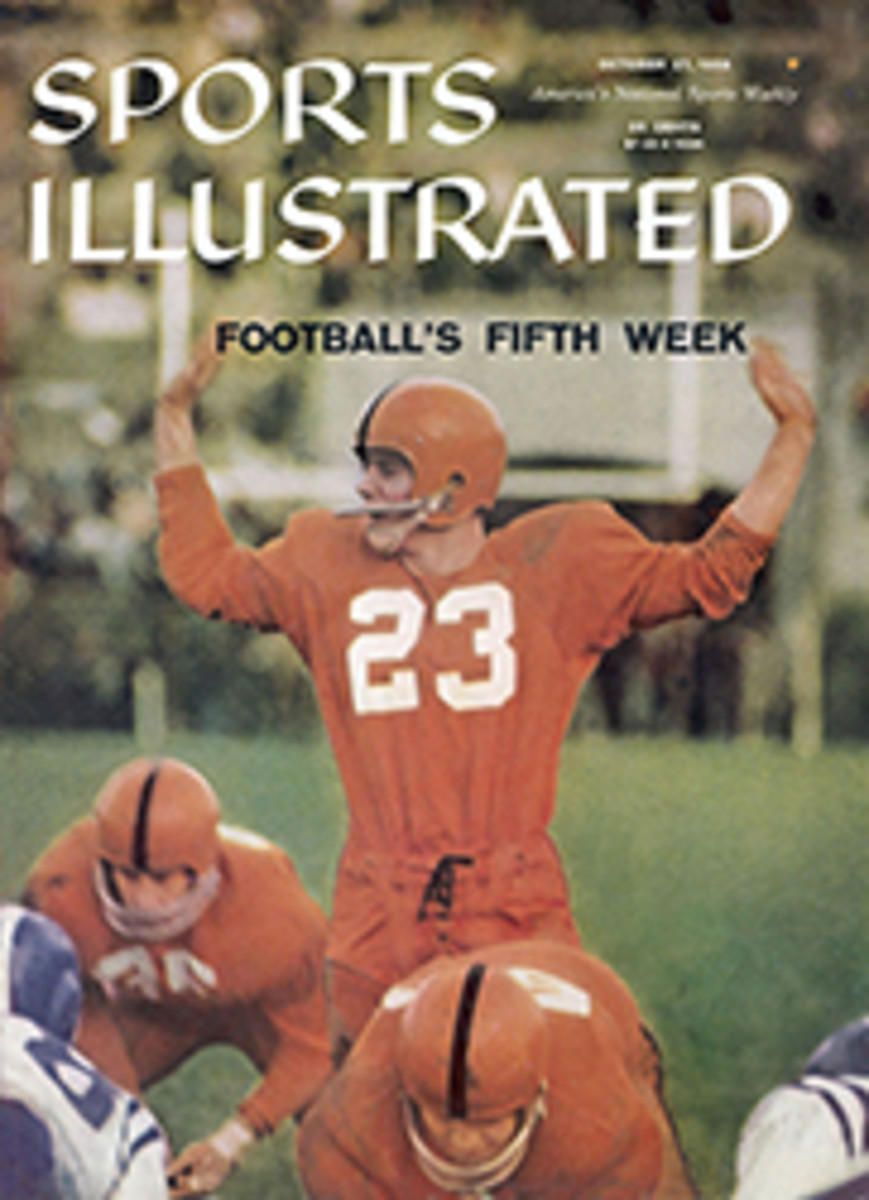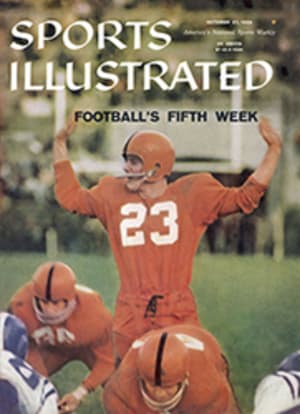
MEMO from the publisher
Horse Shows on this continent now move to their colorful climax—with the Pennsylvania National at Harrisburg, Pa. (Oct. 18-25) leading off, followed by the National at New York (Nov. 4-11) and the Royal Winter Fair at Toronto (Nov. 14-22). Next week, as part of a PREVIEW of the National, SPORTS ILLUSTRATED presents four pages of color which catch the braid and ribbons, the polished hoofs and sleek equine grace which make this among the most beautiful sights in sport.
More than a sight, a horse show is also a highly competitive event; and some of the importance of the three big forthcoming shows derives from the fact that they are the only ones in North America sanctioned for international team competition. This means that the United States Equestrian Team will be jumping against teams from Canada, Cuba, Germany and Mexico.
Last week in the busy middle of readying himself and horses for the contests, Billy Steinkraus, captain of the United States Equestrian Team since 1955, dismounted long enough to visit New York City, where we had a chance to talk with him. Recognized as one of the most brilliant horsemen this country has produced, Steinkraus only recently returned from leading the USET on the most successful of its trips around the exacting European circuit. In addition to being an equestrian scholar (he has just finished editing a European book on jumping, for fall publication), Steinkraus is also, it turned out, a student of all sports and one of our regular readers.
"I'm particularly interested in what you've done on sports techniques," he said. "Arcaro on The Art of Race Riding, of course. But although Arcaro and I both ride Thoroughbreds, we often must do quite unrelated things. Eddie, for instance, can use opponents' errors. I ride against an ideal in which the job is to avoid my own. I'm actually just as interested in all sports—Willy Schaeffler on skiing, Ben Hogan on golf, Don Carter on bowling or even Lou Groza on the place kick. I'm pretty sure there's a common denominator in sport. When Hogan discusses the grip as a preliminary to swinging—there are parallels in riding and, for that matter, in violin and viola playing. [Steinkraus was for three years a violist with the Connecticut Symphony.] And I know for certain the more you understand what people do in other sports, the more you understand why you do what you do in your own.
"And that," said he, "is what I like about SPORTS ILLUSTRATED!"
Billy Steinkraus laughed. "I didn't mean to be giving you an old-fashioned commercial. But," he added, "you can quote me."
It's a pleasure.
PHOTO
BILLY STEINKRAUS

